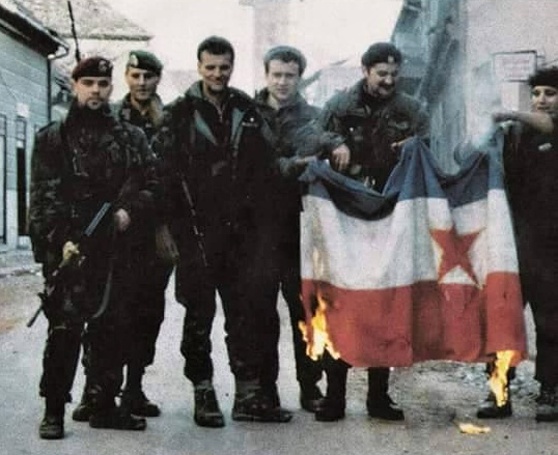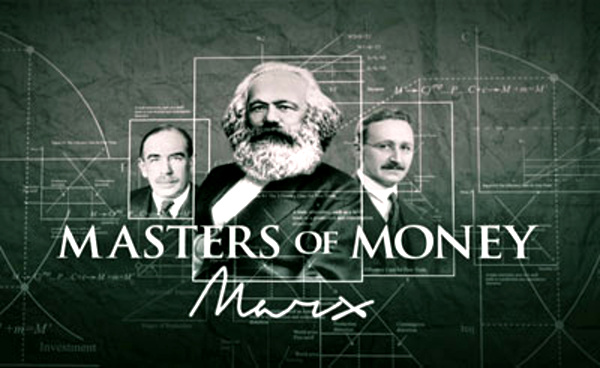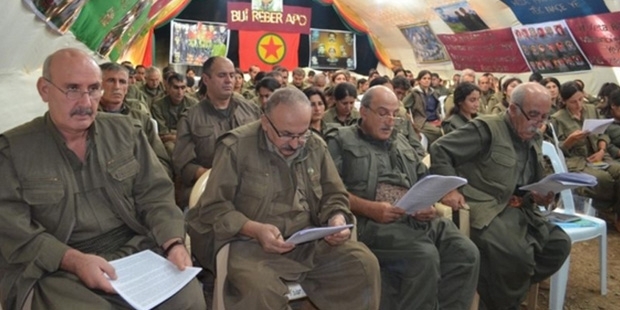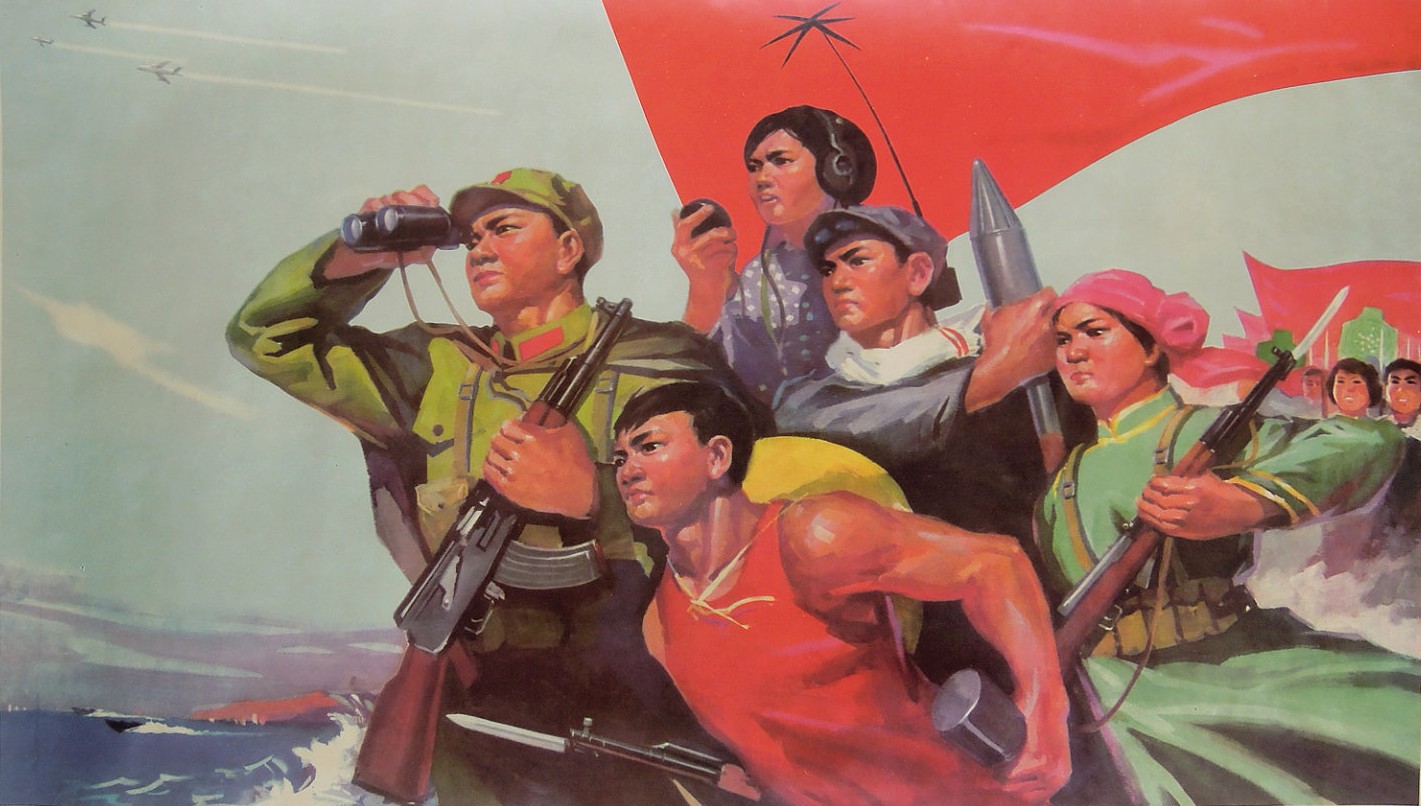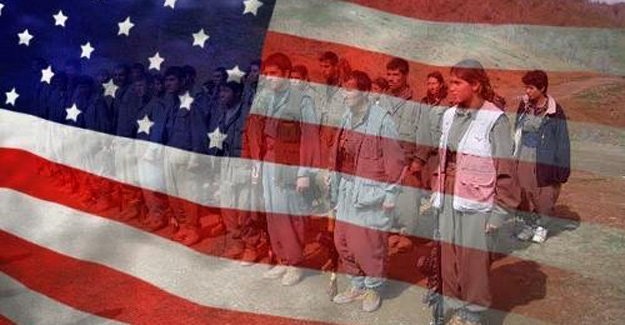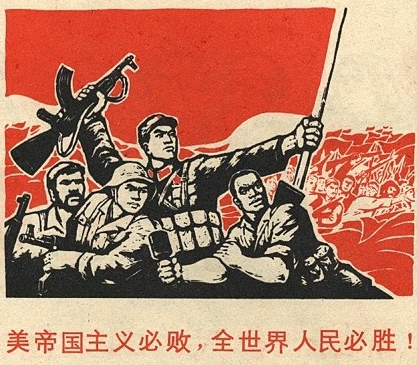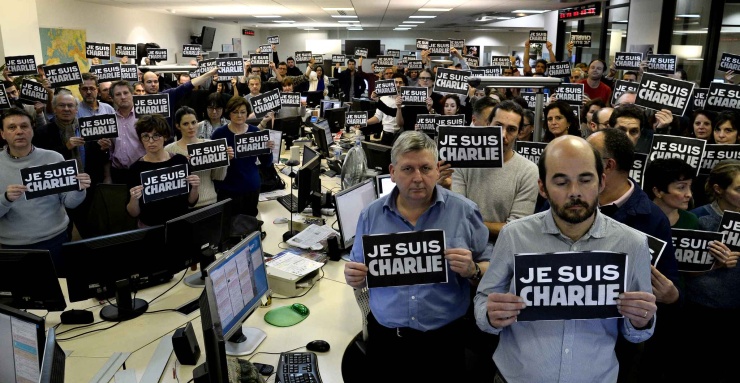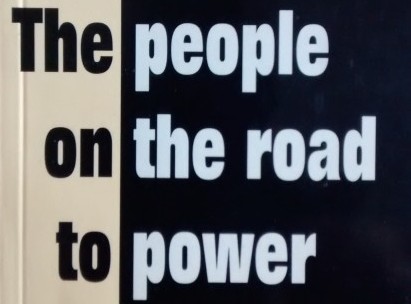Nous avons écrit auparavant sur l’implication du Front National dans la guerre Yougoslave des années 90. Nous avons vu qu’ils ont envoyé des volontaires et des convois humanitaires suspects. Nous avons décidé d’investiguer un peu plus sur leur rôle dans cette guerre et nous avons trouvé des informations très intéressantes.
Dans un de ces convois humanitaires parti le 19 décembre 1991 d’Avignon, nous trouvons : Alain Sanders, un journaliste qui couvre la guerre pour le quotidien catholique Chrétienté-Solidarité et le Présent, Bernard Anthony, dirigeant de Chrétienté-Solidarité et député européen du FN, Thibault de la Tocnaye, membre du comité central du FN et conseiller pour la région PACA, Jean-Marie le Chevallier, député européen du FN, et Jacques Barthélémy, un habitué des voyages en Croatie. A cette occasion ils ont rencontré Dobroslav Paraga et Milo Dedokavic du HSP (formation paramilitaire néonazi croate). Une autre information très intéressante est que les participants du convoi qui s’est fait arrêter à la douane slovène avec des armes, ont donné comme contact le numéro de téléphone de Jacques Bompard, un des fondateurs du Front National.1
Le fait que le rôle du FN dans cette guerre ne se limitait pas à l’aide humanitaire, est confirmé par Francis Bergeron, un journaliste et scénariste français, classé généralement à droite, membre du comité central du FN, qui est décrit par ses collègues comme quelqu’un qui a consacré toute sa vie au FN et qui a fidèlement défendu ses idées.2 Il avait déclaré pour le quotidien Présent du 10 octobre 1993 que « La Croatie s’est une aventure. C’est en Europe, à quelques heures de voiture, la possibilité pour nos jeunes militants de vivre une aventure utile grâce à l’action caritative ou de vivre une aventure militaire… Cette expérience-là quand on a 20 ans, il faut avoir eu l’occasion de la faire. »3
Et nombreux sont ceux qui ont saisi cette occasion-là. Parmi eux nous trouvons Gaston Besson, le filleul de Jean-Marie Le Pen. Gaston Besson a combattu dans le 6ème bataillon du HOS (formation paramilitaire néonazi croate),4 ensemble avec l’infâme Major Chikago, puis après le démantèlement du HOS, il sera intégré dans la garde nationale croate (HVO).5 Actuellement il habite à Pula, en Croatie, et il organise la formation paramilitaire, néonazi, ukrainienne Azov,6 qui combat au côté du gouvernement ukrainien. Dans une interview pour le RTS suisse il dit : « J’en ai marre de tuer des gens. J’ai passé l’âge », alors maintenant il est juste dans l’organisation du bataillon.7 Nous avons visité son compte facebook, ainsi que sa page, où nous avons trouvé des photos de guerre,8 des extrais de son livre autobiographique Ainsi va l’homme, dans lesquels il parle ouvertement des crimes de guerre commis à l’encontre des serbes. Dans un chapitre intitulé „Pas de prisonniers“, il raconte une bataille en Bosnie, en 1993, dans laquelle comme le titre le dit, ils n’ont pas fait de prisonniers, mais ont exécuté sommairement tout serbe qu’ils ont croisé sur leur chemin. Bruler des villages serbes et des églises chrétiennes orthodoxes ne lui ai pas étranger non plus.9 Parmi ses photos on le trouve dans son jeune âge, à côté de Jean-Marie Le Pen, 10 qui est devenu pour Besson, comme il l’explique, son parrain officiel après la mort de son père. Toujours d’après les mots de Besson, son père était un des fondateurs du FN et membre du groupe terroriste OAS, qui a opéré en Algérie avec l’intention de remettre l’Algérie sous la domination française, d’où vient la réciprocité avec les Le Pen. Il est intéressant de constater que malgré la campagne politique de Marine Le Pen, dans laquelle elle tente de se représenter comme plus modérée par rapport à son père, puis elle essaie de flatter la Russie, Gaston qui combat au côtés des néonazis ukrainiens la soutient quand même fortement.11
Parmi ces aventuriers nous avons également Michel Roch Faci, qui était chef du service d’ordre du FN, et dont nous avons déjà parlé dans le passé.12
Un autre personnage très intéressant lié au FN, qui a participé dans la guerre yougoslave en tant que combattant au côté croate est André-Yves Beck. En 1991 il a participé à la création de Nouvelle Résistance avec laquelle il a était parmi les premiers à rejoindre la Brigade Internationale. Nouvelle Résistance aurait maintenu sa présence auprès des croates de 1991 jusqu’à la fin de la guerre.13 Lors de son retour en France, il est devenu le responsable de la communication de Jacques Bompard, qui est comme nous l’avons mentionné plus haut un des fondateurs du FN et le personnage impliqué dans le convoi « humanitaire » chargé d’armes. Jacques Bompard a été maire d’Orange entre 1995 et 2013, et tout ce temps il a été fidèlement servi par André-Yves Beck. De 2014 à août 2016, Beck a été directeur de cabinet de Robert Ménard à Béziers. Rappelons que la candidature de Ménard a été soutenue par le FN. Pour le moment on ne sait pas où est-ce que Beck va continuer sa carrière politique, mais des rumeurs cours qu’il sera peut-être intégré dans le cabinet de Marine Le Pen.14
Un journaliste suisse du nom de Christian Würtenberg s’était infiltré dans cette Brigade internationale afin de la suivre de près. Il enquêtait sur leurs moyens de financement, leurs liens avec la droite européenne, et surtout le FN, ainsi que sur le trafic de drogues et d’armes à travers les Balkans. Au début de 1992 il a été découvert par Eduardo Rozsa Flores, qui l’a torturé et assassiné. Flores va par la suite participer au nettoyage ethnique des musulmans à Mostar. Ensuite il va combattre auprès de l’UNITA en Angola, pour réapparaitre au Kosovo dans l’uniforme de l’UCK, où il a assassiné cinq policiers à Korenica avec le but de provoquer une escalade du conflit. Aujourd’hui le monde peut dormir tranquillement en ce qui le concerne, car Eduardo Rozsa Flores s’est fait abattre par la police bolivienne en avril 2009 alors qu’il menait les séparatistes de Santa Cruz avec lesquels il avait planifié une série d’attentats, dont un contre le président Evo Morales en personne.
On se doit de constater que le fait que certains serbes de droite soutiennent aujourd’hui le FN avec sa présidente Marine Le Pen relève d’un énorme paradoxe. De cette manière ils crachent dans la figure d’autre gens qui ont parlé contre cette guerre et qui ont soutenu le côté serbe, car ils sont tous d’orientation marxiste : Michael Parenti15, Heather Cottin avec son mari Sean Gervasi, qui est décédé à Belgrade, Michel Collon, et bien d’autres. Nous avons également les minorités opprimés à l’Occident, comme Mumia Abu Jamal, qui a parlé encore à cette époque-là contre cette guerre, puis le magazine afro-américain The Burning Spear, qui a consacré tout un article à cette guerre dans son édition de avril 2003, où ils disent que « d’après le point de vue du Parti socialiste du peuple africain (African People’s Socialist Party), les nationalistes serbes qui veulent la Serbie libre et la paix dans les Balkans, doivent s’unir avec le reste du monde qui n’est pas blanc et combattre la suprématie blanche imposée par les Etats Unis et l’Europe.16
Et voilà qu’aujourd’hui nous avons certains serbes de droite qui veulent aller ensemble avec la droite européenne, qui a participé à des crimes de guerre contre les serbes, défendre maintenant une certaine Europe „blanche et chrétienne“. Nous leur disons „Non merci! Pas en notre nom!“
http://reflexes.samizdat.net/les-phalanges-du-desordre-noir/ ↩
http://www.fn42.fr/article-deces-de-francis-bergeron-61561512.html ↩
http://reflexes.samizdat.net/les-phalanges-du-desordre-noir/ ↩
https://www.facebook.com/gastonbessonpublique/photos/a.537793616292959.1073741835.537693449636309/1185100274895620/?type=3&theater ↩
https://www.facebook.com/gastonbessonpublique/photos/a.537793616292959.1073741835.537693449636309/1185940058144975/?type=3&theater ↩
https://www.facebook.com/gastonbessonpublique/photos/a.537793616292959.1073741835.537693449636309/1121719897900325/?type=3&theater ↩
https://www.rts.ch/info/monde/6686719–j-en-ai-marre-de-tuer-des-gens-j-ai-passe-l-age-.html ↩
https://www.facebook.com/photo.php?fbid=1206925046047765&set=pb.100001908435483.-2207520000.1487537504.&type=3&theater ↩
https://www.facebook.com/gastonbessonpublique/posts/1340836429322003AEoAQ ↩
https://www.facebook.com/photo.php?fbid=794025914004349&set=a.412017018871909.96164.100001908435483&type=3&theater ↩
https://www.facebook.com/photo.php?fbid=807282999345307&set=a.412017018871909.96164.100001908435483&type=3&theater ↩
http://www.princip.info/2017/02/13/ko-je-voda-nacista-sa-snimka-koji-je-predvodio-borbu-protiv-srba/ ↩
http://reflexes.samizdat.net/les-phalanges-du-desordre-noir/ ↩
http://www.midilibre.fr/2016/04/02/andre-yves-beck-un-expert-de-la-com-qui-aime-l-ombre,1310305.php ↩
https://archive.org/stream/BurningSpearVolume23Number1/spear-2003-04#page/n9/mode/2up ↩
